What is The Best Way to Blend Two Interior Design Styles?
Love at Home:
Blending Different Aesthetics for a Beautiful Space
An example of mixing design styles: the opulent modern style Global Views chandelier hangs magnificently over a timeless French Country style Bernhardt dining table, sideboard, and chairs (covered in Brentano fabric). An energetic Cisco Brothers contempoorary style bench from CAI Designs supplies supplementary seating and a burst of color, while custom-created window treatments (done with Donghia’s Edith fabric) make the area even more inviting.
Designer: Erika Rundiks, principal of Recherche Interior Design. Photo by Susie Brenner
Table of Contents
Step 2: Consider Transitional Style Design
Step 5: Acknowledge Current Constraints
Step 6: Prioritize Functionality
Step 7: Incorporate Blank Space
Step 8: Select a Limited Color Palette
Step 9: Mix Old with New
Use Classic Elements
Step 10: Update Your Furniture That You Are Keeping with a Refresh
Step 11: Think In Vignettes
Step 12: Repetition is Key
Step 13: Go All In With Texture
Step 14: Utilize Wall Decor To Mix Styles
What to Avoid When Combining Interior Design Styles
Related Reading: Overcoming Decorating Dilemmas Between You and Your Spouse
Mixing interior design styles can pose a delightful challenge when two lovebirds decide to share a living space. Each partner craves a home that screams, "This is me!" while being a haven of comfort and togetherness. Yet, the collision of distinct tastes can feel like a decorating battleground.
Most couples initially grapple with the art of blending their style genes into a harmonious home DNA. It's like trying to fuse rock 'n' roll with classical music – seemingly impossible!
But here's the twist: creating a seamless blend of two design worlds is a journey worth embarking on. It's about honoring your unique styles yet embracing the beauty of compromise. Think of it as a dance where you both take the lead, resulting in a breathtaking performance of your love story.
So, if you're eager to craft a home that's a stunning reflection of both your souls, stay tuned for some nifty advice on turning your love nest into a design masterpiece!
Benefits of Combining Different Decor Styles in Your Home
Carrie Carlson and Ben Blickle chillin' in their cool Brooklyn pad, where you can totally feel their vibes. Their walls are like a mini art gallery, with photos and artwork adding that extra oomph to the place. It's like their personalities splashed all over the room, and it's pretty darn awesome! Credit: Julia Robbs/Homepolish via The New York Times
When decorating your home, one of the most exciting aspects is combining different styles and creating a unique look that reflects your personality. Combining different decor styles can be a great way to add visual interest and create an eclectic atmosphere in your home. Not only does mixing interior design styles allow you to express yourself, but it also has several practical benefits.
Mixing interior design styles can help create an aesthetically pleasing and functional space. By combining different elements from various decor styles, you can create a room that is both comfortable and stylish. For example, if you want to create a cozy living room, you could combine traditional furniture pieces with modern accents such as artwork or lighting fixtures. This will give the room an inviting feel while maintaining a modern aesthetic.
Mixing interior design styles can also help you save money when decorating your home. By combining different elements from various styles, you can create a unique look without purchasing all new furniture or accessories. For example, if you have a traditional sofa but want to add some modern flair to the room, you could add some contemporary artwork or lighting fixtures.
In addition to being cost-effective, mixing interior design styles can also help you create a timeless space. Combining elements from different decor styles allow you to create a look that will stay in style for a few years.
Overall, mixing interior design styles can be a great way to add visual interest and create an eclectic atmosphere in your home. Not only does it allow you to express yourself, but it also has several practical benefits, such as being cost-effective and creating a timeless look.
Source: Brian Patrick Flynn, HGTV. Designer: Crystal Gentilello, Editor-in-chief and co-founder of Rue magazine
Do Your Research On Interior Design Styles
Doing your research is an essential step in creating a thoughtfully curated space. Knowing the provenance of items and their meaning in design history can help you tie pieces together in a cohesive way. For instance, if you want to pair a Belgian art nouveau armchair with a midcentury side chair or an art deco table with a velvet-fringed tufted sofa, understanding how these pieces coexist in design history will help you create a unified look. You can use color palettes or materials to bring the pieces together and create an aesthetically pleasing room.
Researching furniture and design elements can be manageable. Many online resources provide information about different styles, periods, and materials used throughout design history. Additionally, many books offer insight into interior design and how to create beautiful spaces using vintage furniture and modern elements. Taking the time to do your research will ensure that your space is stylish but also meaningful and well-curated.
It's also important to consider the context of each piece when designing your space. Consider each item's size, shape, and texture and how it will fit into your room's overall aesthetic. Additionally, consider how different pieces can be used to create interesting juxtapositions that will add visual interest and depth to your space. By researching and understanding each piece's history, you can create a unique and beautiful space that reflects your personal style.
When it comes to interior design, finding the perfect balance between your personal style and the overall look of the space can take time and effort. One way to bring in inspiration is by collecting photos of interiors that spark your interest and creativity. This can be done by creating a Pinterest board or gathering physical images. Once you have these photos, you can share them with your design consultant, who will use them as a starting point for your own unique mix of finishes.
Be sure to communicate what drew you to the inspirational photos so that your designer understands what elements you are looking for in the final product. Was it the use of color? The flooring? Or something else entirely? By giving your designer this data, they'll gain insight from the pictures and shape a space that reflects both your preferences and tastes. With this approach, you'll surely end up with an interior design that is truly one-of-a-kind!
This is an overview of the most popular interior design styles
Click the category to learn more or be taken to my Pinterest page for that style.
Asian Zen Interior Design (masculine)
French Country Interior Design (feminine)
Hollywood Glam Interior Design (feminine)
Industrial Interior Design (masculine)
Mid Century Modern Interior Design (masculine)
Rustic Interior Design (masculine)
Shabby Chic Interior Design (feminine)
Source: Decorilla
My Favorite Masculine Design Styles
Industrial Interior Design (masculine)
Mid Century Modern Interior Design (masculine)
Rustic Interior Design (masculine)
My Favorite Feminine Design Styles
French Country
Parisian Apartment Style
My Favorite Formulas for Interior Design Style Combinations
Boho Victorian = Boho + Victorian
Glam Rock = Glam + Urban Rock Design Styles
French Country Cottage = French Country + Cottage
French Shabby Cottage = French Country + Shabby Chic + Cottage
Grandma Coastal Style = Granny Chic and/or Cottagecore + Coastal
Eclectic = Your Mix of Your Favorite Styles
European Farmhouse = Old World Style + Farmhouse
Japandi = Japanese + Scandi
Modern French Country = Modern + French Country
Modern Victorian = Modern + Victorian
Organic Modern = Organic + Modern
Palm Beach Glam = Tropical/Florida Style + Preppy + Hollywood Glam
Rustic Coastal = Rustic/Farmhouse + Coastal/Lake House/Beach House
Rustic Victorian = Rustic/Farmhouse + Victorian/French/Shabby Chic/Boho
Urban Rocker Chic = Urban + Glam + Maximalism + Rocker Chic
Photo: Kati Curtis, Designer
Look into Transitional Style design
Transitional interior design is the perfect blend of classic and modern styles. It takes traditional elements and gives them a fresh, modern twist. This style is ideal for those who don't want to go too far in either direction – it's not too traditional, but it isn't overly modern. It pays homage to timeless design while still being up-to-date.
You can mix and match different elements with your designer's help to create a transitional look that works for your home. Adding a more modern light fixture to a room with traditional railings and wood-look flooring may be appropriate. Combining these two elements creates visual interest that will stand the test of time. With Transitional design, you can create a classic and contemporary look that will always stay in style!
Photo Source: Home With Holliday
Outline Your Unique Design Aesthetic Preferences
Photo by tessa neustadt | from: new spring target collection via the designer, Emily Henderson
When it comes to interior design, it is crucial to define your individual design styles. This will help you create a space that reflects your and your spouse's personalities and preferences. To get started, take some time to explore different interior design styles and determine which ones appeal to you the most. Consider everything from traditional, modern, rustic, and eclectic designs. Think about what colors, textures, and patterns you like best and the overall atmosphere you want to create in your home.
When defining your individual design style, think about what elements make you feel comfortable and relaxed in a space. Do you prefer bright colors or muted tones? Are there certain textures or materials that draw your eye? Do you like furniture pieces with clean lines or more ornate details? All these factors can help guide your decisions when creating an interior space uniquely yours. The more you know about each other's tastes, the easier it will be to mix interior design styles and create a beautiful home.
Once you have identified the style elements that resonate with you, use them as a starting point for mixing interior design styles. For example, if you love the look of traditional furniture but prefer a more modern color palette, combine these two elements for a unique look. You can also mix materials such as wood and metal or add vintage pieces for an eclectic touch. By pinpointing exactly what each of you likes, you'll give yourselves a clear starting point for mixing interior design styles and creating a beautiful space that truly reflects who you are.
Look for similar elements in each other's favored interior design styles
Regarding interior design, common threads are essential for creating a cohesive look. You can create a unique and unified space by finding elements that link two distinct aesthetics. For example, Japandi is a popular hybrid style that combines Japanese and Scandinavian designs. Though these two styles seem like opposites, they both emphasize functionality and simplicity. This makes them perfect for blending together to create a harmonious atmosphere.
To successfully combine different looks, you must consider the details that make them similar. Look for colors, shapes, textures, or patterns that can be used as common threads throughout the room. You can also use furniture pieces or artwork as focal points to tie everything together. By doing this, you'll be able to create a space that is both aesthetically pleasing and comfortable without sacrificing either of the individual styles. With careful consideration of common threads between different aesthetics, you'll be able to create an attractive and unique interior design that reflects your personal style.
Utilize the 80/20 Principle of Interior Design To Blend Your Two Styles
The 80/20 principle of interior design is a great way to blend different styles together in your home. This principle states that 80% of the room should be dedicated to one style, while the remaining 20% can be used to incorporate other elements. This allows you to create a unique and sophisticated look without overwhelming the space with too many elements.
For example, if you have a modern living room, you could use the 80/20 principle to incorporate a few vintage pieces. You could choose one or two vintage chairs and a side table to add character to the room without removing the modern feel. This is also a great way to add color and texture to your space without having it look too busy. The key is to find a balance between both styles, so they complement each other rather than clash. Following this simple guideline can create a beautiful and harmonious space that reflects your personal style.
Mixing styles in interior design can be an exciting way to create a unique and attractive look in your home. By pondering both color and texture when selecting furniture, utilizing the 80/20 principle of interior design, and incorporating natural elements, you can create a cohesive look that ties all your pieces together.
You can also apply this principle to adding in color after starting with neutrals. The 80/20 rule will help you achieve balance. Select your neutrals which comprise 80% of your color scheme, and then add pops of color with the remaining 20%. This allows you to create a room that is both interesting and inviting.
Photo Source: Be Colorful Coastal
This home is a good example of using the 80/20 rule in reference to the use of color. I’m referring to the use of white vs. color. The formula for this open concept space is 80% = white, and 20% = color.
Recognize the Current Constraints in Your Space
One of the first things to do when moving into a new home is to acknowledge size and space limitations. It's paramount to take stock of your furniture and decide which pieces will fit in the new space. The furniture you have might not fit in the space; you may need to toss some duplicate pieces, or some pieces might be too large. This can be difficult if you're attached to certain items, but it's important to remember that having too much furniture can make a room feel cramped and cluttered.
It's also important to consider how much storage space is available in your new home. If there isn't enough room for all your belongings, it might be time to get creative with storage solutions such as under-bed drawers or wall-mounted shelves. Consider renting a storage unit if necessary. Acknowledging these limitations early on will help ensure that your move goes smoothly and that you don't end up with more stuff than you can handle in your new home.
Identify which interior design elements are indispensable for each other.
When decluttering and organizing your home, it is vital to identify the non-negotiables. You simply cannot part with these items, such as family heirlooms or projects your children are working on. Maria Adcock, the founder of Bicultural Mama, suggests starting with this step because it shows respect and collaboration between all parties involved. It promotes dialogue about personal interests and preferences instead of simply commenting on each other's choices. This can help find commonalities to build upon and make the process smoother.
Determining the non-negotiables early in the process ensures that everyone is on the same page and understands where each person is coming from. This can help create a sense of understanding and respect between all parties involved in the decluttering process. Furthermore, it allows for more efficient use of time since everyone knows what items must stay in the home. Identifying non-negotiables is necessary for any decluttering or organizing project and should not be overlooked.
For success in blending your personal interior design styles, compromise is key
Compromise is an integral part of any successful relationship, and this is especially true when it comes to decorating a home. For example, when decorating her bedroom, Williams had to compromise between her fiancé's desire for comfort and her style preference. She gave up the idea of not having swivels or recliners in the room but could choose the style, color, and textiles. This allowed them both to be happy with the end result; he got his comfortable lounge spot while she maintained the overall aesthetic of their home.
Another great example of compromise in design is using a plush rug to warm up a sleek, contemporary tiled floor. This allows both parties to get what they want; one person gets the modern look they desire while the other gets a cozy atmosphere that makes them feel at home. By compromising on some design aspects, couples can create a space that reflects their individual styles and preferences without sacrificing either person's vision for their home.
Prioritize Functionality
Farmhouse + Industrial. Source
When designing a space, it can be tempting to try and give aesthetics and function equal representation. Unfortunately, this often results in an overly-filled space with unclear design. To avoid this, you should put function first. This means that functional pieces like furniture should carry the room, while aesthetic touches should take a back seat.
By putting function first, you can ensure that your space is aesthetically pleasing and practical. You can also ensure that all of your room's elements are working harmoniously. For example, if you have a large sofa as the main piece of furniture in the room, you can then choose accent pieces that will complement it without detracting from its functionality. By doing this, you can create a beautiful and cohesive space that is aesthetically pleasing and practical for everyday use.
Create Dedicated Areas in Your Home
Creating individual spaces in a shared home can effectively combine styles while allowing each person to have their own personal space. This could be as simple as having a desk or nook for one person in a shared kids' room or something more elaborate like giving one person the entire attic. Joy Williams of Joyful Designs Studio recommends that each person have their own space where they can make decisions about their own style and arrange items without worrying about the rest of the home.
Individual spaces allow people to express themselves and display items significant to them without feeling like they need to compromise with someone else's style. For example, Williams' fiancé fills the attic with records, DJ equipment, and other items he loves. This way, he has space to relax and enjoy his hobbies without worrying about how it fits into the house's overall design. Carving out individual spaces is an excellent way for couples or families to combine styles while allowing everyone to have their own unique area.
Photo Source: Bruce Palmer LLC
Decide on a Floor Plan (Furniture Arrangement) As Your First Step
When deciding on a furniture arrangement, begin with a floor plan. You can draw it out or create one digitally on a computer. There are many free online and app store options. You can see my guide for measuring your space and furnishings here. If you are working in person with a designer, he or she will do this step for you.
The most important rule is to start with the most prominent pieces first. This will help you create a balanced and visually appealing look in your space. You want to ensure that the room's visual weight and scale correspond to one another. Suppose you have two different nightstands in your bedroom; you want them to have the same size. The same rule applies to non-matching end tables on either side of a sofa. Try to keep the scale and shape consistent for a more cohesive look.
In the exciting realm of interior design, S. Rohde Hill had the privilege of working under the guidance of the incredible Martyn Lawrence Bullard in sunny Los Angeles. It was a transformative experience, as he absorbed invaluable lessons by simply observing how Bullard seamlessly fused elements from diverse eras and styles, crafting spaces that transcended the mere sum of their parts. Source: Apartment Therapy
By following these guidelines, you can create a cohesive look that will bring out the best in your space. Additionally, when placing furniture in a room, be sure to leave enough space for people to move around comfortably. Too much furniture crammed into one area can make it feel cramped and uncomfortable.
Consider:
How will the furniture be used in the room?
Will the piece be used for an activity such as watching TV, reading, playing games, or doing a hobby?
Also, consider how much natural light enters the room and where it falls so that you can arrange your furniture accordingly. For instance, you don't want bright light from a window causing glare on your TV screen.
A pleasing balance between form and function is possible with thoughtful design and consideration of elements like scale and visual weight.
Watch the Size and Scale of Furnishings to the Room Size and One Another
When creating a cohesive and stylish interior design, size and scale are required elements to consider.
It is consequential to ensure that the pieces you choose for your space are of similar sizes and scales to work together harmoniously.
If your room is designed in a delicate and feminine way, a large or bulky piece of furniture like an overstuffed chair or massive buffet won't go with the other pieces. Instead, opt for items that are similarly sized and scale-friendly.
Give the Odd One Center Stage
Finding the right balance between all the different elements can be arduous when decorating a room. One way to make sure that your room stands out is by making an odd item the focal point. This could be a piece of furniture, rug, or light that doesn't quite fit in with the rest of the décor. Instead of trying to hide this piece away, draw attention to it and use it as inspiration for the rest of the room.
Furnish and decorate around this piece so that it becomes a central part of the design. By combining items of similar shape and color, you can create the illusion that the mismatched piece was part of your design plan. This will help create a cohesive look while still allowing you to express your unique style. With careful planning and consideration, you can turn any odd item into an eye-catching focal point for your room.
In the modern room below, the classical style bust stands out as the focal point. Really makes the room interesting, right?
Photo Source: Tobi Farley, Holiday House 2012
Photo source coming soon
Incorporate Blank Space
Incorporating blank wall space and open floor space into any room is a great way to create a sense of balance and harmony. Not only does it give the eye a break from all the visual stimulation, but it also helps to prevent overcrowding and chaos. Leaving some areas of the room empty can create an inviting atmosphere that encourages relaxation and conversation.
When designing your space, think about how much furniture or decor you really need to make it feel comfortable and inviting. You don't have to fill every inch of the room with something; instead, focus on creating strategic focal points that draw attention without overwhelming the senses.
This will help keep your space from feeling cluttered or cramped. Additionally, if you ever want to change your look, having plenty of blank wall space gives you plenty of options for adding or replacing decor and fixtures later on down the line.
Photo Source: Future / Michael Sinclair via Homes & Gardens
In the bedroom above, the white background of the wallpaper acts as the negative space. For a restful bedroom, you don't have to shun patterned wallpaper. This botanical-inspired paper features mainly blank space but is still highly impactful with its tall branches that look like they are stretching from floor to ceiling.
Unlike with geometric patterns, there is no distinct negative shape or color for the eyes to fixate on here, yet the background of the wallpaper encourages your gaze towards its natural motif, creating an atmosphere of serenity that is great for any sleeping area.
Choose a Limited Color Palette
Using a restricted range of colors, interior design can assuredly draw different aesthetics into one cohesive look. By carefully selecting the colors you use throughout the room, you can create a unified look that ties all of your decor together.
For example, if you have a traditional sofa and a shabby chic accent chair in the same room, you could match the throw pillows on the sofa with the chair's color. This will create harmony between the two pieces and make them feel like they belong in the same space.
Another benefit of choosing a limited color palette is that it can help to keep your design from becoming too busy or overwhelming. If you stick with just a few colors, it's easier to focus on each piece and how it contributes to the room's overall look. Limiting yourself to specific colors ensures that everything looks cohesive and well-coordinated without too much visual clutter.
Utilize the 60/30/10 Rule to Create a Cohesive Color Scheme
Color is a particular component when creating a well-coordinated eclectic style in your home. Intentionally selecting a color palette can help keep the overall look cohesive and balanced. Designer Jewel Marlowe of Jeweled Interiors suggests sticking to a methodical and intentional color palette when mixing two or more unexpected styles.
Begin by examining the colors of your essential items, and observe the tones already present in your current styles. The 60/30/10 rule is also helpful for mixing colors: 60% of the room should be one color (like walls and floors), 30% should be another color (furniture), and 10% should be a third color (accents). This will help determine which items come together in a single room. Additionally, if you're working with two colors, try using the 80/20 rule instead. A clear color palette can coordinate all the various elements in a single room. You'll be pleased with the unified and stylish result. With these tips in mind, you can create an eclectic style that is intentional and effortless.
If you are blending your partner's pieces with yours or buying a new piece that has a different style from what you have, make sure that it's color/upholstery is similar to your existing pieces. The result will be a harmonious vibe with all the elements working together. You can reupholster the item or paint it as I suggest here.
Photo Source: The Spruce / Caitlin Rogers
Match Wood Types
Mixing styles in interior design can be a great way to create a unique and entrancing look, but it can also be tricky. One of the best ways to ensure that your different pieces of furniture work together is to match the wood tones. If you have an arts and crafts style coffee table, try to find a farmhouse-style sofa table with similar wood tones. Doing this will help tie the two pieces together and create a more unified look in your room.
When matching wood types, it's necessary to consider the wood's color and texture. For example, if you have a walnut coffee table, then look for a sofa table made from maple wood with similar coloring and grain patterns. You can also mix shades of the same type of wood for added contrast. By considering color and texture when selecting furniture, you can create a cohesive look that ties all your pieces together.
Mix Old With New
In the living room, Michael Taylor's bespoke chinoiserie tea table introduces elegant curves, a graceful contrast to the room's classical lines. Above the sofa, a striking Art Deco painting, a treasured acquisition from Sotheby's, showcases the artistic prowess of Dutch maestro Emile van der Cammen. It's a delightful fusion of custom craftsmanship and artistry that adds a touch of sophistication to your living space. Source: Luxe Interiors+Design. Photo by Emily Minton Redfield.
Mixing old and new interior design styles can be a great way to add more of your spouse's and your personalities to your home. By combining pieces from different eras, you can create a unique look that is both timeless and modern. Adding abstract wall art and antique furniture together can create a unique look and help prevent the room from appearing too ordinary. You can also refresh traditional pieces of furniture with more modern touches, such as an animal print on a Bergere chair or mid-century modern chairs beside a traditional living room sofa. Try placing pairs of pieces of the same style in a room, so one doesn't look out of place.
When mixing interior design styles, it's important to find similarities in colors, wood tones, lines, and scale. This will help pull all the elements together into one cohesive look. For example, an ornate antique chandelier could be used to complement a space that's decorated with modern touches. Ultimately, blending old and new styles can give your home an engaging and unique look that reflects each style. With careful planning and attention to detail, you can create an eclectic yet cohesive look for your space that will impress your family and friends!
Photo: Matthew Benson
Use Classic Elements
Adding classic elements to a room can be a great way to create a spellbinding and unique interior design style. Classic pieces bring a timeless quality to any space, and they can be used to add texture, color, and character. For example, an Art Deco-era console paired with a modern sectional creates an eclectic look that is both stylish and inviting. Similarly, tablescapes can be brought to life with a mix of antique market finds such as vintage glassware or silverware. This combination of old and new adds visual interest while creating a sense of history in the room.
Incorporating classic elements into your home decor doesn't have to mean buying expensive antiques or replicas. Instead, you can find unique pieces at flea markets or thrift stores that will still bring the same charm without breaking the bank. You can also repurpose items like old windows or doors for use as wall art or furniture accents. With creativity and imagination, you can easily create beautiful spaces that combine classic elements with modern touches for a truly one-of-a-kind look.
Bring in current on-trend items
Updating your dining room furniture can be a great way to give your home a fresh, modern look. Adding a few trendy pieces can create a fascinating and stylish atmosphere. Whether it's a new dining table, chairs, or even just some decorative accents, incorporating current trends into your dining room will help keep the space up-to-date.
When selecting pieces for your dining room, try to find items that have a timeless quality but still reflect the latest trends. For example, if you're going for an industrial look, choose metal chairs with leather cushions instead of plastic ones. Or, if you want something more modern and contemporary, opt for sleek lines and geometric shapes in furniture and accessories. Adding in these on-trend pieces will make the different design styles you have work together harmoniously while still keeping the overall look fresh and current.
Refresh The Furniture That You Keep With an Update
If you have furnishings that have a clashing wood tone, consider revamping them with a paint color that matches your color palette. For instance, you could paint a Mid-Century Modern vintage piece to match your sofa and rug. This will create flow and harmony.
Reupholstering or painting pieces can also be an effective way of repeating colors throughout the room. Repeating colors when mixing design styles can achieve a beautiful and balanced look for any space.
Ariana Lovato of Honeycomb Home Design recently worked with a newly married couple to merge their beloved art collection and travel acquisitions into a Craftsman-style home. To achieve this, Lovato updated existing pieces to fit the space. For example, a classic console was repainted with colors taken from a striking piece of art, making them harmoniously fit in the space. Paint is an inexpensive way to transform any piece of furniture, and Lovato took advantage of this by reviving the dated fabrics and colors of an antique settee with a textured slate-blue velvet that brought the same blues into the room.
The result was a beautiful blend of old and new, perfectly complementing each other. By using existing pieces and updating them with modern touches, Lovato was able to create a cohesive look that honored both collections while creating something entirely new. With her creative eye for design, she brought together two distinct styles in one harmonious space.
Photo: Blue Star At Home
Think in Vignettes
Creating statement-making vignettes is a great way to tackle decorating your home. Marlowe suggests having an Instagram side of the brain and a design side of the brain when decorating. The Instagram side of the brain should be used to think in terms of smaller areas or vignettes, while the design side should be used to look at the whole room.
By narrowing your focus to specific areas, you can find the right mix of items that embrace various styles. For example, pairing a mid-century modern credenza with an ornate Victorian mirror can create an interesting juxtaposition that adds character and depth to any room. Once you've found pairings that work together, you can take in the whole room and identify ways for each vignette to flow together. This will help create a unique and beautiful personal style that reflects both of your tastes and preferences. To get great ideas for personalizing your home, listen to The Better Buy podcast with guests, like Carmeon Hamilton, that share tips on decorating, DIY projects, and more.
Interesting displays can be created by arranging small items in groups. Take an end table and surround it with smaller decorative items such as books, plants, and candles. You can create an eye-catching display by combining different sizes and styles of items. Strategically placing certain elements can increase the appeal and attention of any space.
Group Like Items
The goal is to create an eclectic look that still looks cohesive. Grouping like items together is key to achieving this look without being too matchy-matchy. For example, if you have two different couches in your living room, choose two end tables of similar height and style to tie them together. Or, if you have two different area rugs in your dining room, pick out chairs with similar colors or textures to bring them together. By grouping like items together, you can create a unique yet unified look that will make your home stand out from the rest!
Photo Source: The Painted Hive
Select a Few Neutral Style Items
When decorating your first home together, finding a balance between two different design styles can feel formidable. To help create harmony in the space, choosing some stylistically neutral pieces may be helpful. These pieces should have a more basic look with solid colors and a cleaner aesthetic that will stay distinct from the more distinct pieces you've chosen. Neutral furniture such as couches, chairs, and tables are great options for creating a foundation for the room. Additionally, adding some neutral home décor like rugs, curtains, and wall art can help tie everything together without overwhelming the space.
By incorporating some stylistically neutral pieces into your home décor, you can create an inviting atmosphere that both of you will enjoy. This will also allow you to experiment with different design styles without worrying about clashing too much. With these neutral elements in place, you can add more unique items that reflect your individual tastes and personalities. By doing this, you'll be able to create a beautiful home that is truly yours!
Photo: Janna Allbritton
Repetition is Key
Repetition is vital in creating a cohesive and balanced interior design. By repeating elements of an item that stands out, like a painting with bright colors, you can make it blend into the room better. For example, if you have a painting with lots of color, try adding just a few minor touches of one of the dominant colors in other areas of the room. This will tie everything together and create a more unified look.
Another way to use repetition is to repeat certain elements throughout the space. This could be done by using similar colors or patterns in different parts of the room. For instance, if you have a rug with geometric shapes, try adding some throw pillows or artwork with similar shapes to bring the look together. Repetition is also great for creating visual interest and texture in your space without overwhelming it. By repeating some aspects throughout your home, you can create an inviting atmosphere that simultaneously feels comfortable and stylish.
When using repetition, odd numbers always work better than even numbers. For instance, if you want to bring a splash of blue in as an accent color, repeat it three or five times. You could use a blue vase, a blue pillow, and a blue stool.
Generate Recurring Visual Patterns
Patterns are a great way to add interest and style to any room. Whether you're looking for bold black and white prints, eye-catching florals, or geometric and repetitive designs, there is something for everyone.
Animal prints are well-loved as they can be used as a neutral to add fun and texture to almost any décor. When combining different patterns, look for unifying colors to tie them together. An example of this would be the modern farmhouse look, where the distinct lines of a black and white rug ties in with a black stair railing and black beams in the ceiling. The repetition of these elements makes the room feel spacious and very contemporary.
Patterns can also create a more subtle effect by combining one bold print with smaller, simpler patterns or designs. This allows you to create a pleasing yet cohesive look without overwhelming the space. You can also use patterns to draw attention to certain areas of your home, such as an accent wall or a feature piece of furniture. Whatever your style, graphic patterns will make your home stand out from the rest!
In the photo above, the same or similar shapes are repeated in the bathroom mat, the light fixture, the urn on the windowsill, and the bathtub shape. Photo: Katherine Pelz Architecture via Houzz
Go all in with Texture
Texture is an indispensable element in any design, and combining different textures can create a unique and exhilarating look. Natural textures are exceptionally versatile, as almost all "go" together. If you're looking for an industrial feel, match wood and metal. For a classic touch, incorporate a plush throw with rattan furniture or an elegant glass vase. Stone and glass pair well together, while natural woods can fit together even if they aren't the same tone. Finished woods play together quite poorly, so use caution when mixing these materials. Incorporating silks, cotton, burlap, and plants can add texture to your design and make it look more put-together.
Bringing nature into your designs is also an excellent way to add texture. Incorporate compelling shapes and textures from nature, such as rocks, shells, or driftwood, to give your space an organic feel. An industrial farmhouse kitchen showcases a variety of textures and materials that enhance each other's beauty. Wood cabinets, smooth stainless appliances, countertops, and metallic accents create a captivating, one-of-a-kind look.
Layer Away
Layering is an interior design technique that allows you to easily mix different styles and colors. Combining tonal fabrications, a concise color palette, and no more than three design styles per room allows you to create a unique and exciting space that still feels cohesive. For example, you can combine traditional wooden furniture with modern touches like abstract art and a geometric rug. Small furnishings can also keep the feel light yet full of visual interest.
This tip is an effective way to create a cohesive look without sacrificing your style. You can experiment with different elements without investing too much time or money in one style or trend.
The key to layering away is to be mindful of how many elements you use in each room. Too many can make it look busy and disorganized, while too few can make it look sparse and unfinished. It's crucial to find the right balance between these two extremes so that your space looks stylish and inviting. Also, stick with colors that complement each other rather than clash; this will help create an overall harmonious atmosphere in your home. With careful consideration of these details, you'll be able to layer away successfully!
Utilize wall decor to mix styles.
Wall art is an excellent way to combine multiple interior design styles in one space. Whether you're looking to add a modern touch to a traditionally decorated living room or bring some abstract elements into your home, wall art can help you achieve the look you're going for. When selecting artwork, it's essential to consider more than just the style of the piece. Using colors that match your palette is essential for creating a unified design, so make sure the artwork you choose has the right hues. This will help ensure that all of the elements in your space work together harmoniously and create a unified look.
When choosing wall art, feel free to mix and match different styles and colors. Abstract pieces can be used alongside traditional paintings or photographs, while modern prints can be combined with vintage-inspired pieces. With careful selection and placement, you can create a unique look that reflects your personal styles while maintaining balance throughout the room. Wall art quickly adds personality and character to any space without significant changes or renovations. So don't hesitate – use wall art to express yourself and combine different styles in one beautiful display!
What To Avoid:
Do not do a different theme in each room. Avoid creating a mid-century modern living room, a farmhouse kitchen, and a cottage bathroom in the same house. Instead, you want to sprinkle these styles throughout the entire home. Remember the 80/20 rule or the 70/20/10 rule for balance.
Do not use more than three decorating styles or eras together. More than three becomes confusing and off-putting.
Avoid being matchy-matchy.
Avoid thinking that a piece isn't compatible with your current decor style, and miss out on adding interest and a conversation starter.
Avoid adding small decorations to fill a room.
How to Blend Different Decor Styles in a Room: Examples of Successful Combinations
Can you spot the different design styles in each of the photographs shown below? When looking at each of the photographs shown below, it is possible to spot different design styles. These examples show how design styles can be identified in individual pieces or combined in an eclectic way to create unique and exciting visuals.
By carefully analyzing each photograph it is also possible to identify where these different styles have been combined together for a unique look. For example, pairing abstract contemporary art with traditional feminine style, or pairing Victorian style accents with modern furniture. Through this combination of different elements from different design eras we can achieve unique spaces that embody our personal style without being limited to any single style or movement.
Open Concept Examples of Mixing Design Styles
Photo: Toll Brothers, Regency at White Oak Creek, Corsica model in Apex, NC
Photo: Toll Brothers
Photo: Unsplash | Toa Heftiba
Living Room Examples of Mixing Design Styles
Photo: Andrew Flesher Interiors | Houzz
Photo: Hipcouch.com
Photo: @agi_at_59
Photo: Hipcouch.com
Photo: Unsplash | Kirill
Photo Source: Nasim Keshmiri
Photo: Kardiel
Dining Room Examples of Mixing Design Styles
Photo: via Lonny
Photo Source: @noellemicekinteriors
Kitchen Examples of Mixing Design Styles
Photo: via
Photo: Studio 76 Kitchens & Bath
Photo: via Deavita
Bathroom Examples of Mixing Design Styles
Photo: via Houzz | Designer: Janet Gridley
Photo: Luxe Interiors + Design
Photo: @inside_78
Bedroom Examples of Mixing Design Styles
Photo: Kati Curtis
Photo: Isaac Borough
Photo: Kati Curtis, Designer
Home Office Examples of Mixing Design Styles
Photo: @bellybaila
RESOURCES
How to Mix Modern & Vintage Home Decor, Extraspace.com, Jan 26, 2023
How to Mix Interior Design Styles, KatieCurtisDesign.com, January 20, 2021
How to Mix Mid Century Modern Decor With Any Design Style, Kardiel.com, Sabra Morris
Here Are Your 4 Go-To Tips for Mixing Design Styles Like a Pro, mymove.com, Tara Mastroeni, Updated June 13, 2022
6 Tips for Mixing Interior Design Styles Together, zinus.com
Opposites Attract: 16 *Very* Different Design Styles That Look Stunning Together, Havely.com
Have Faith in Your Interior Design Professional
At Julie Ann Rachelle Interiors LLC, I understand that selecting the right interior design style(s) for your home can be daunting. My interior design in-home consultations will help you make the best decisions for your home. As an award-winning expert in my field, I have over 8 years of experience helping clients create gorgeous interiors. I am more than just an expert; I am also a trusted resource who will provide you with personalized attention.
I will work with you during my design process to ensure that you get the perfect look for your home. I will help you mix and match different styles, colors, and textures to create a unique look tailored to your tastes. With my expertise, I can provide valuable advice on bringing out the best in each room and ensuring that all of your selections come together beautifully. I will ensure that your dream home comes to life exactly as you envisioned. I believe in providing an exceptional experience for all my clients, which is why I go above and beyond to ensure each project is completed with care and precision. Trusting an expert that knows how to blend your and your partner's styles is something that you won't find with other designers - it's just one more way that Julie Ann Rachelle Interiors LLC stands out from the rest.
You may want to follow these Pinterest boards for more inspiration:
Sources:
How to Combine Decorating Styles for a Cohesive Look, Better Homes and Gardens | bhg.com, Kristina McGuirk, 3 January 2022
How to Mix Interior Design Styles in Your Home, Kaleidoscope Living | designertrapped.com, Tasha A., 5 July 2017
Home Decorating Tips for Newlyweds: How to Mix Interior Design Styles, Star Furniture | starfurniture.com, 1 February 2022
How to Mix Design Styles So They Don't Clash!, Setting for Four Interiors | settingforfour.com, Heather Luckherst
How to Combine Different Interior Design Styles, Build Beautiful Blog | tollbrothers.com, 9 February 2021, Toll Brothers
4 Easy Tips For Mixing Different Decorating Styles With Confidence, Hey There Home | heytherehome.com, Corey Willis, 31 August 2022
Mixing Interior Design Styles At The Home Gallery™, Homeward - A Blog for Your New Home Journey | richmondamerican.com, 13 December 2022
Negative space in interior design – the technique professionals use to create perfect schemes, Homes and Gardens | homesandgardens.com, Sarah Warwick, 30 April 2021
Inspiration: Transistional, ETC for the Home, https://etcforthehome.com/transitional/
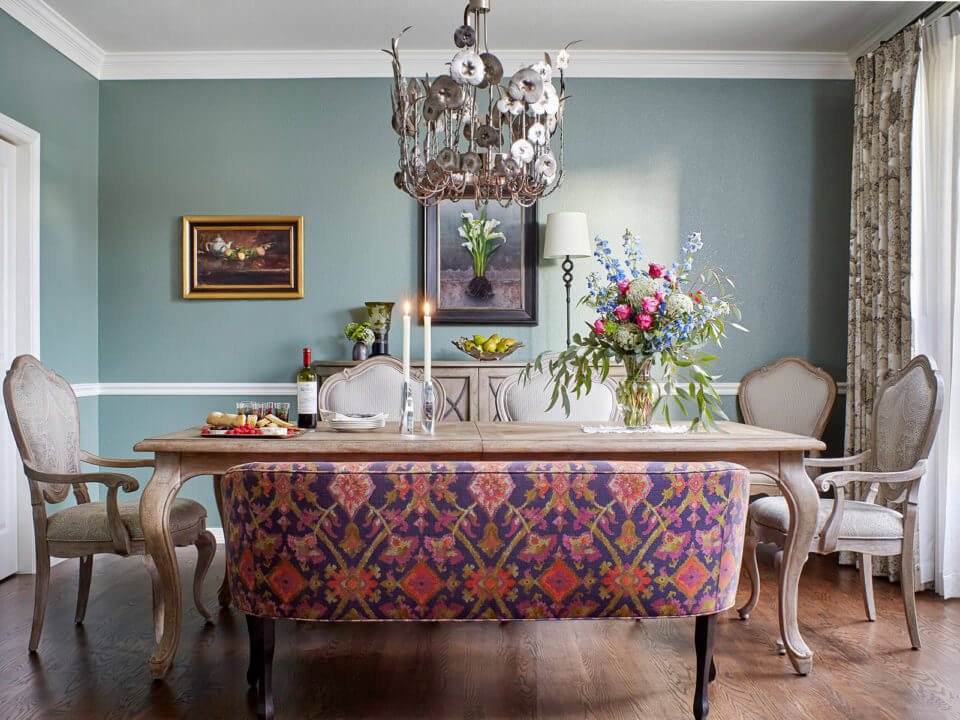


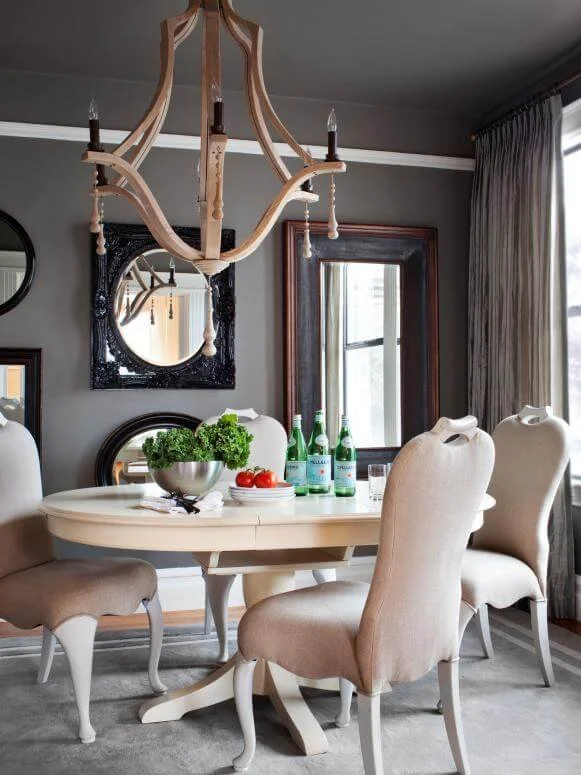
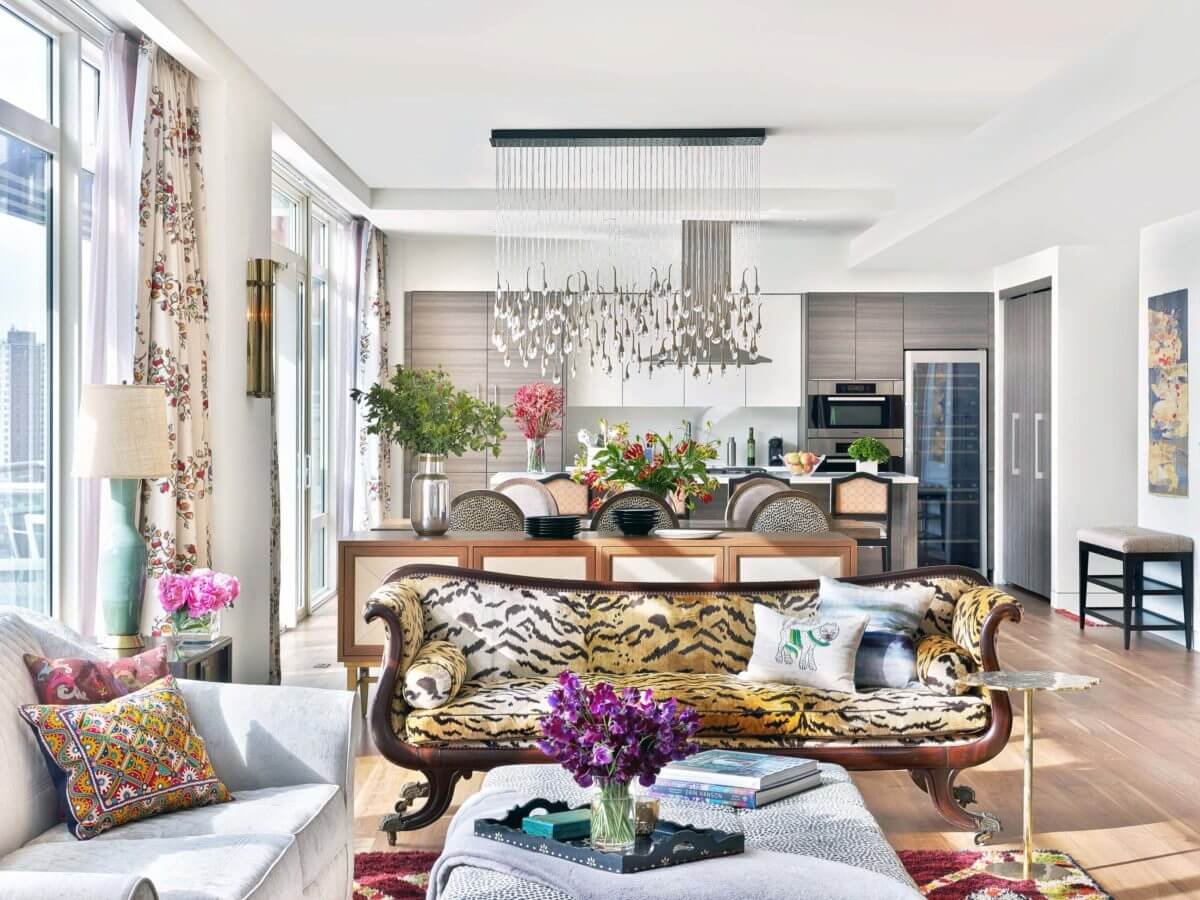











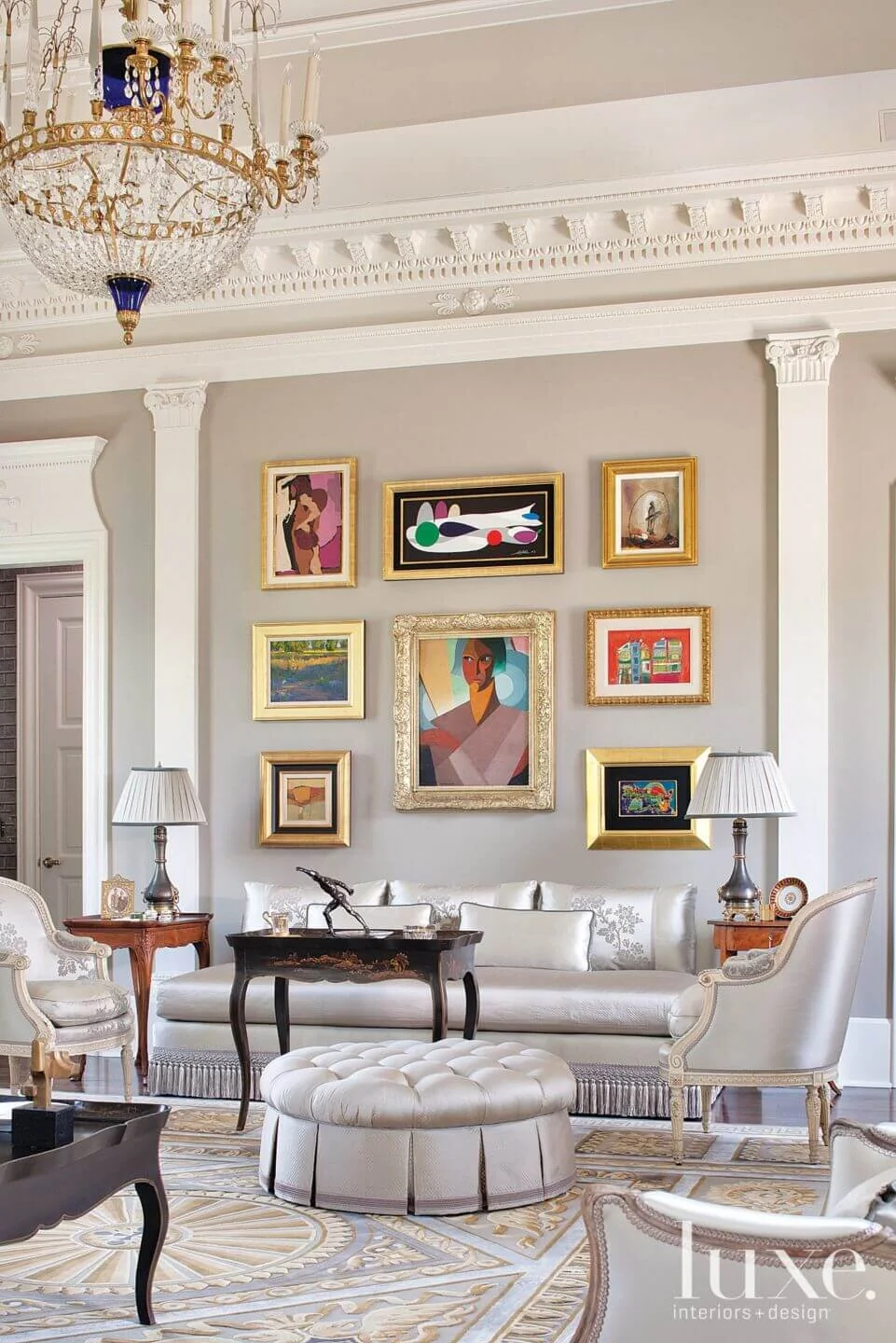





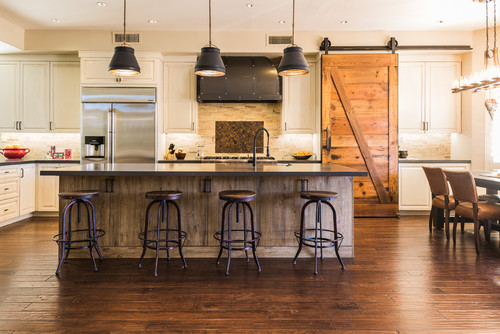
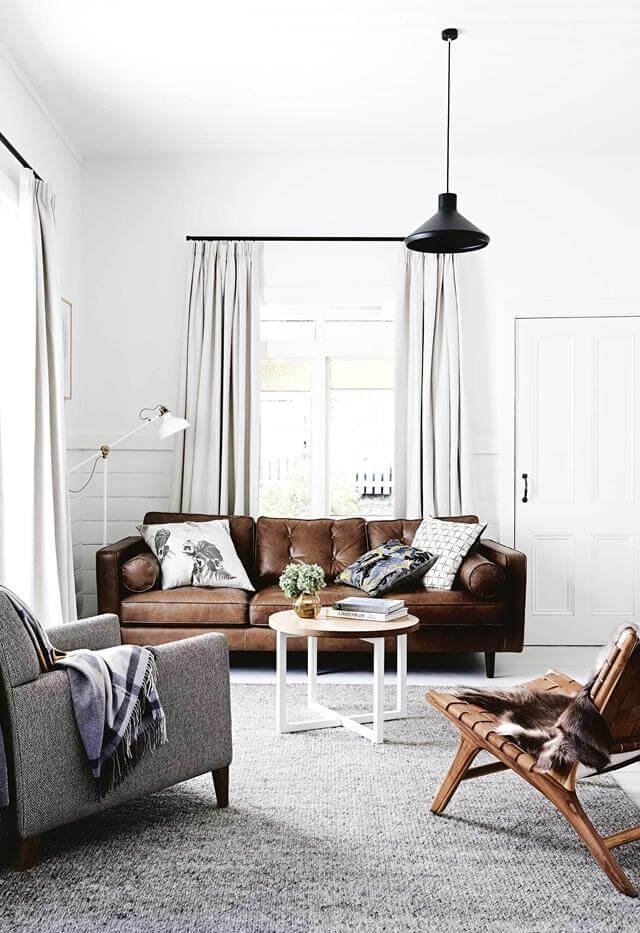
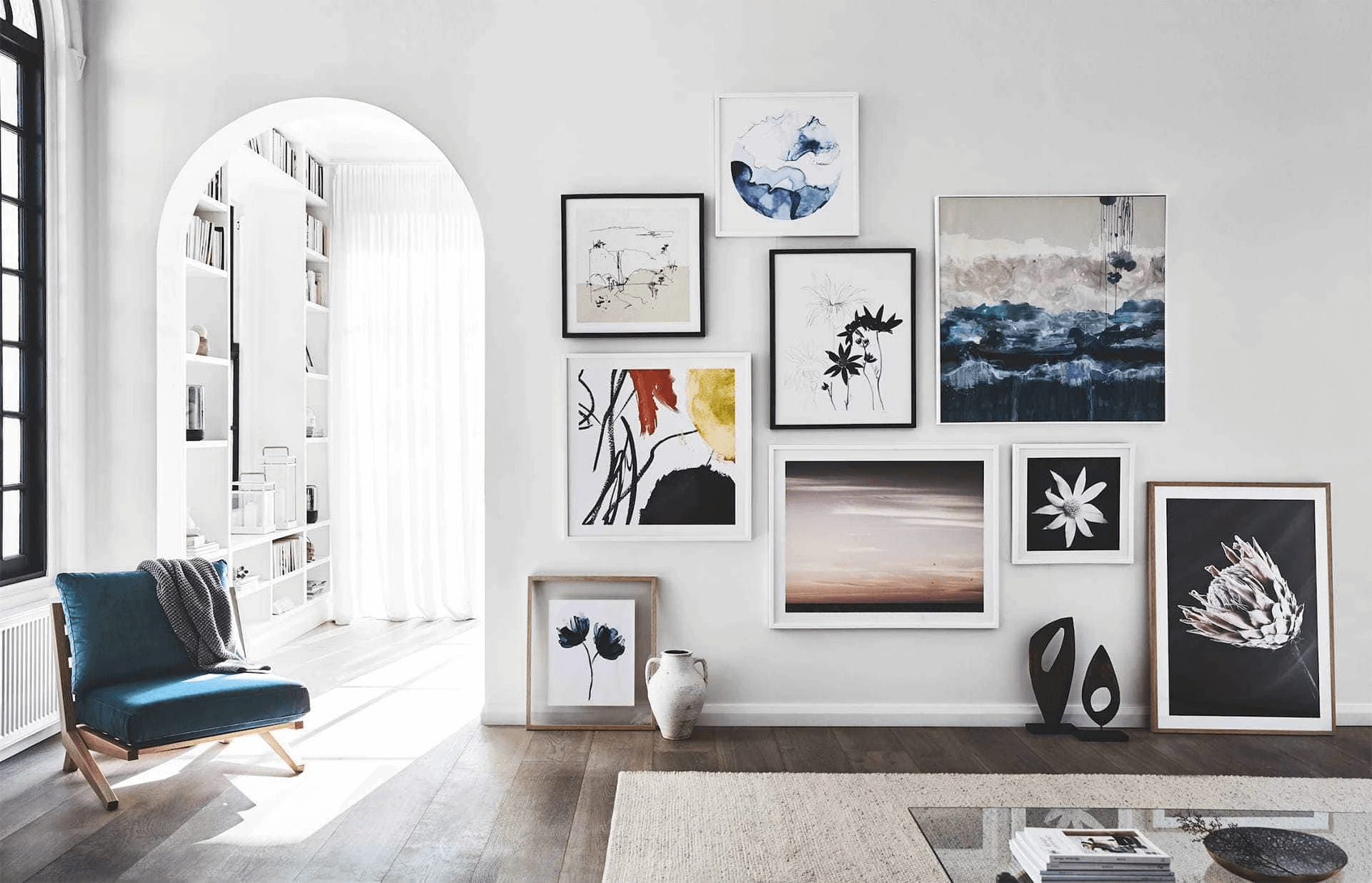
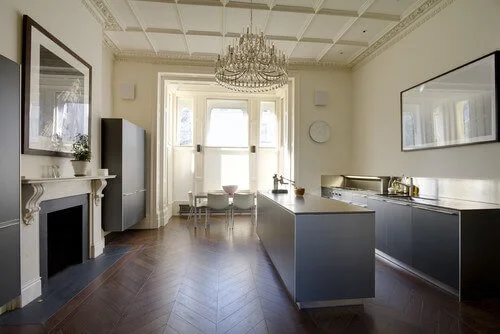

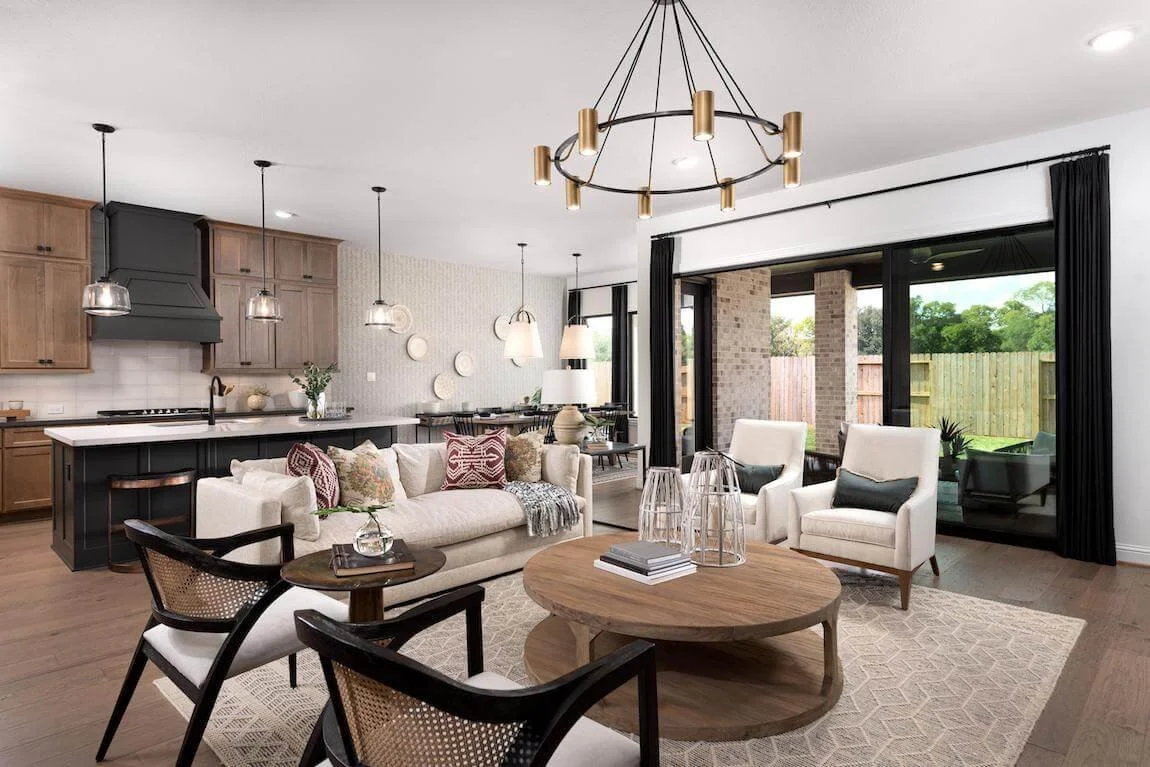


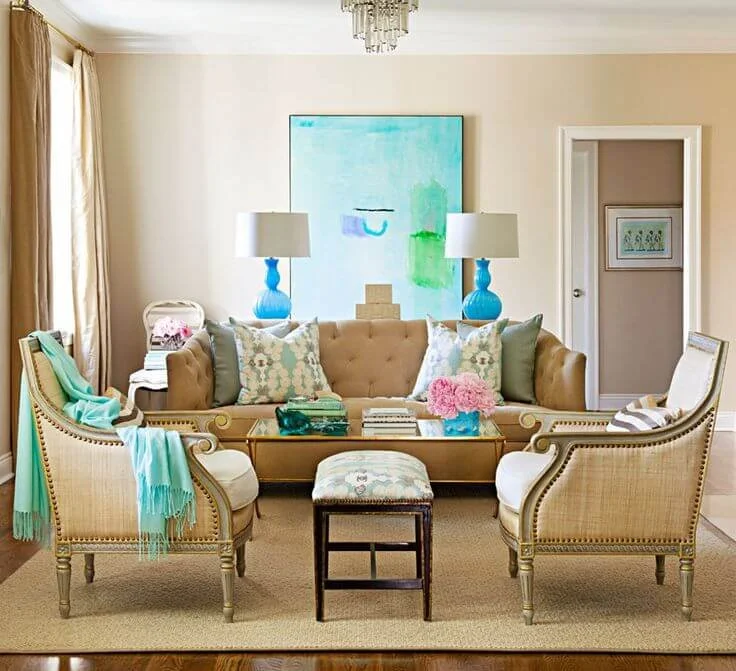




















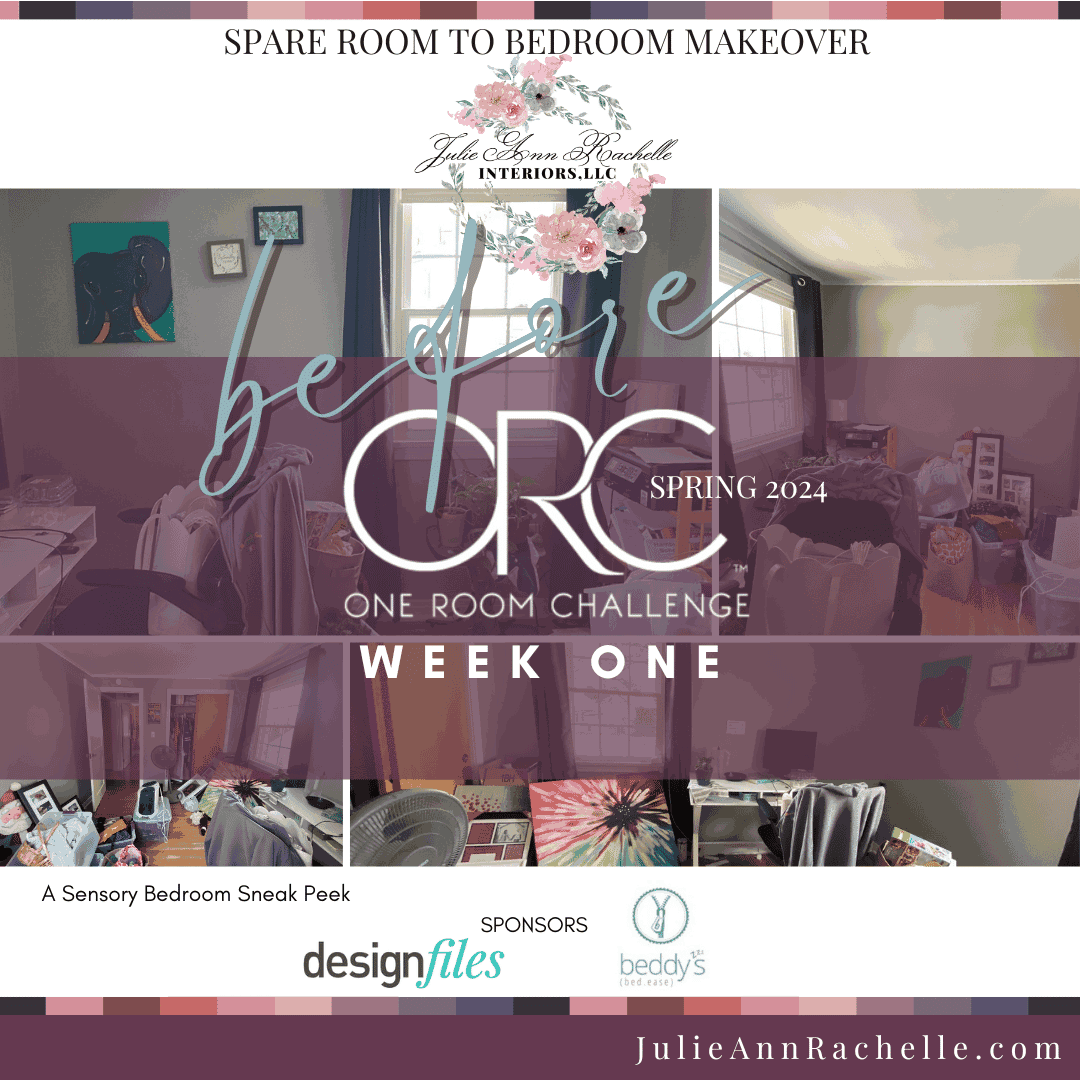


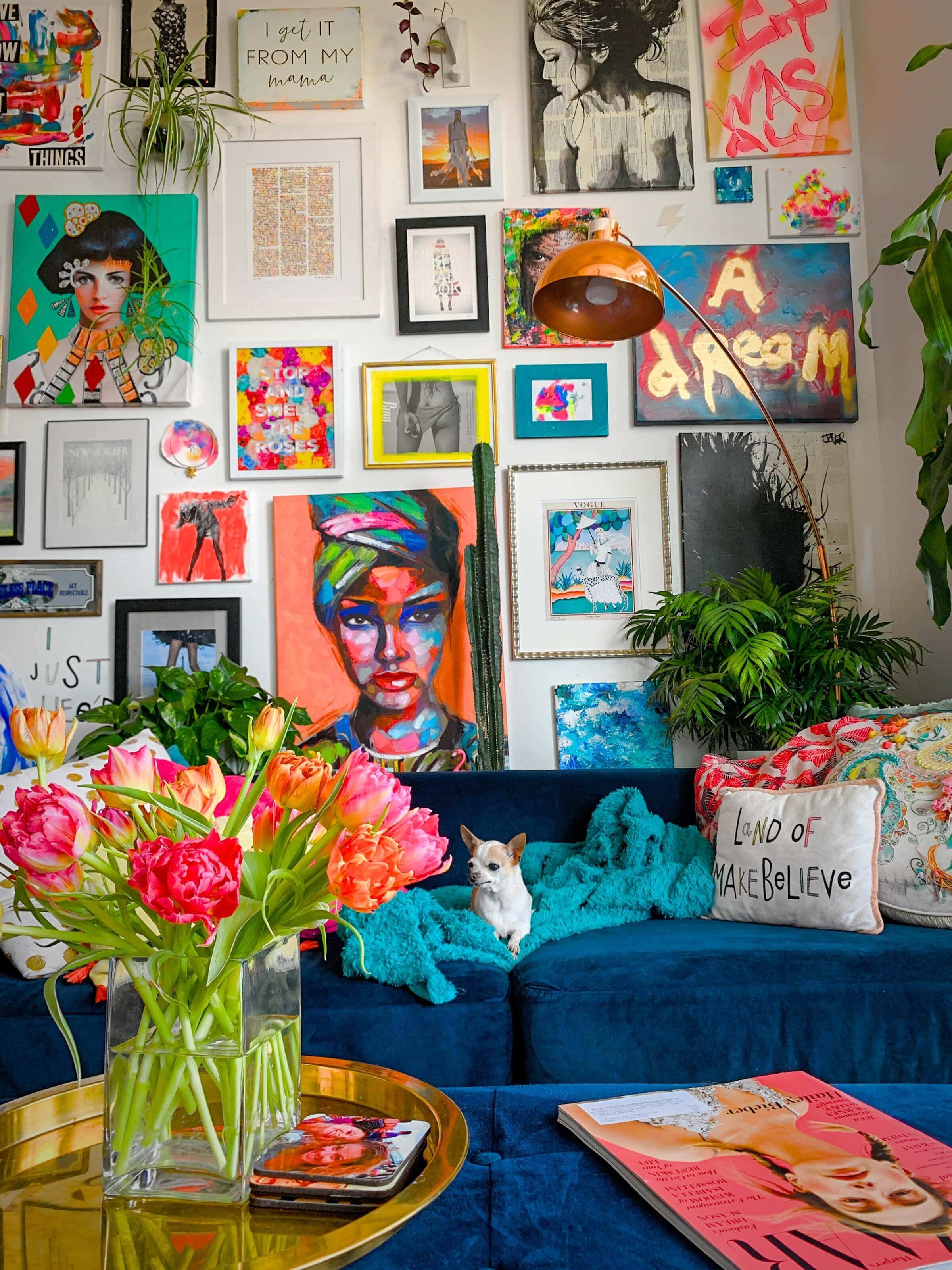


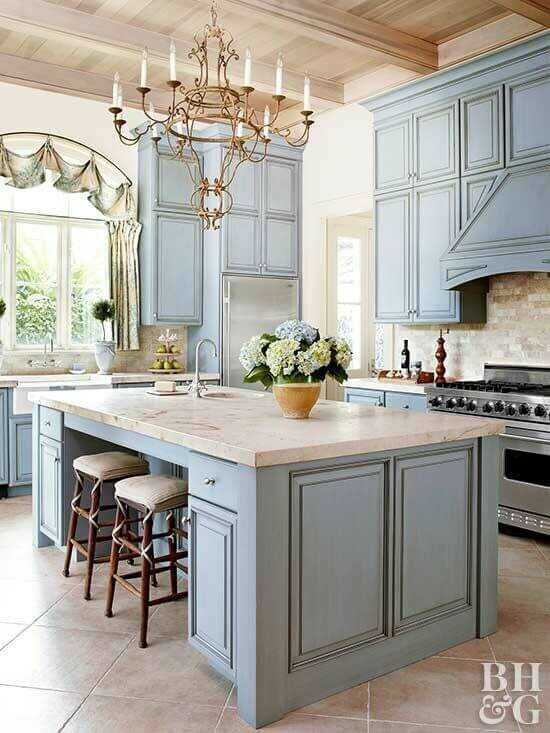









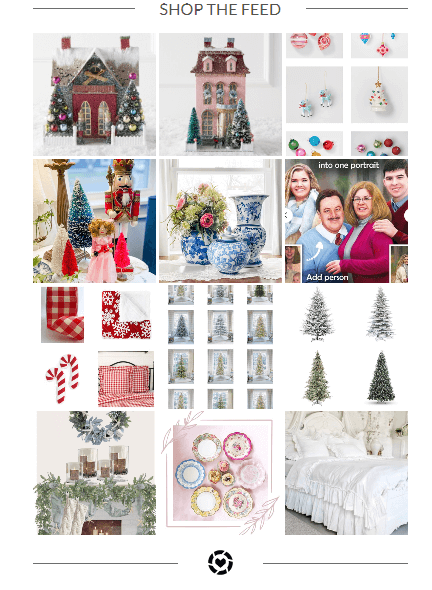
Why leave a quality comment? ⠀
It brightens my day, fosters community, helps foster my writing with your essential opinions, and not to mention that it is free publicity for you. ⠀
Any comments less than 8 words are considered spam, so please write with intention. Thank you!
I read and respond to all thoughtful responses to my writing!⠀
Quote or mention a specific part of the post to show that you carefully read it.⠀
Keep your comment positive, polite and productive.⠀
Ask questions and make suggestions if applicable.⠀
I love comments! They make my day!⠀
P.S. If you can’t find the comment Box, Click ctrl+F (PC) or Command-F (Mac), and enter “Comments”.